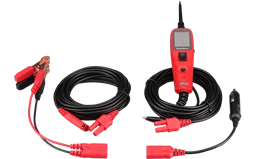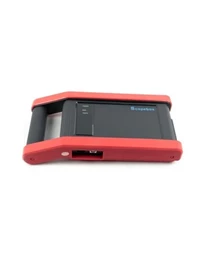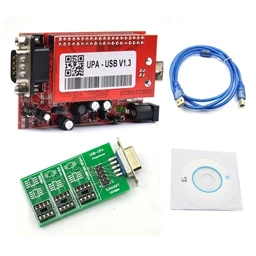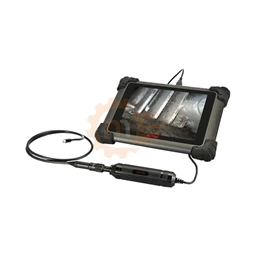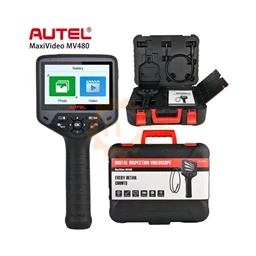It was developed for this purpose. OBD has become more comprehensive in the 1990s and has also started to provide detection and communication in engine control, chassis, body and electronic systems on vehicles.
OBD I and OBD II in the USA for motor vehicles; EOBD standards have started to be implemented in European countries. It means fault detection from OBD indicator.
The version implemented in the European Union is called EOBD. Developed for this purpose, obd and eobd made it possible to electronically control all the equipment in the vehicle, detect faults instantly, record faults in memory and read malfunctions at any time.
EOBD; It is the European equivalent of OBD-II in America.
With EOBD, all electronic equipment of the vehicles can be controlled on the vehicle, fault conditions can be detected, the fault can be recorded in the memory, and the driver has become warned by the indicator warning lamp and standard symbols. A standard EOBD socket outlet has been placed in order to connect the diagnostic device in a place where the driver can easily reach.
With an interface program and a standard EOBD-socket diagnostic device, detection-fault reading-fault deletion-part identification-troubleshooting-adaptation-parameter etc. on the vehicle. operations can be done.
WHAT IS DIAGNOSTIC?
Diagnostic; detection means finding fault. The systems used in cars are created by electronic systems. The smooth operation and control of the systems becomes even easier.
Diagnostic devices, on the other hand, allow us to see and fix the faults and malfunctions in the vehicle as quickly as possible.
Unfortunately, the latest system technologies used in today's vehicles do not allow us to find malfunctions manually.
USE OF DIAGNOSTICS
1 - Upon complaints about the vehicle, the system is determined by testing the vehicle on the road.
2 - The input end (OBD socket) of the diagnostic device is connected to the vehicle ECU connection socket.
3 - From the menu in the fault detection program, the system where the fault originates is selected (engine, gearbox, brake systems, etc.).
4 - Error search command is given and connection is established with the electronic control unit of the device.
5 - The devices give the error as a code, with a description. Some devices offer you the necessary solutions to eliminate the error.
6 - After the fault detection, the ECU is asked to delete the fault. The device clears the error caused by communication errors or wrong information transfer and displays it as zero error.
7 - If the error is not shown when the error is searched again, the process is completed.
8 - If the device shows the same error again, an explanation is requested and the actor or sensor where the error originated is specified and replaced with a new one.
9 - The replaced part is introduced to the vehicle control unit and adapted if necessary. (Generally, adaptation is required in fuel system parts. Coding is required especially in the case of replacing injectors. Since not every device can do the coding, it is necessary to pay attention to whether this feature is present when purchasing the device)
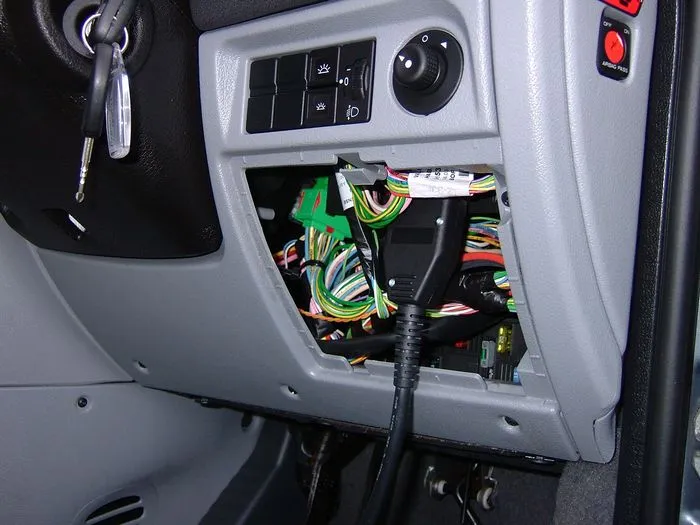
WHERE IS THE OBD2 SOCKET LOCATED ON THE VEHICLES?
OBD2 socket must generally be located around the driver's seat and passenger compartment. Although it varies according to different brands and models, the most common places are:
In the area between the driver's door and steering column, at the bottom of the instrument panel, in the area under the steering wheel, under or around the driver's seat, between the steering column and the center console, between the center console and the steering block, on the front passenger side of the center console horizontally or vertically, horizontal on the center console or vertically, horizontally or vertically around the center console.
HOW IS TROUBLESHOOTING DONE ON VEHICLES?
You can easily detect faults on your vehicle by means of a diagnostic device via the OBD2 socket on your vehicle.
Fault detection process is transferred to your computer via signals via the OBD socket.
The equivalent of the values read from the vehicle on the computer is translated and fault detection can be made in this way.
After connecting the appropriate device on the OBD socket on the vehicle, after communicating with the vehicle, you can diagnose the engine, abs, airbag, comfort systems etc. modules on the vehicle.
For detailed information, please call us;

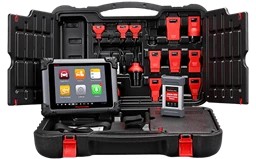
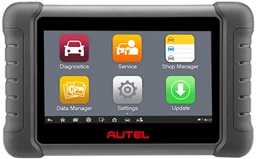
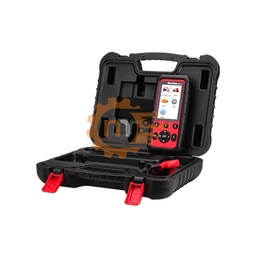
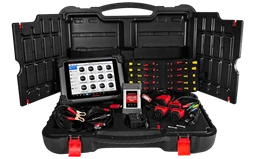
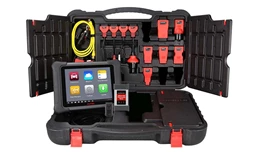
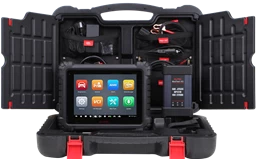
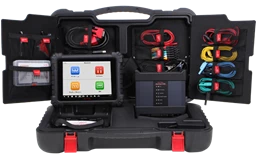
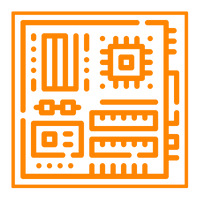

.webp?size=256)


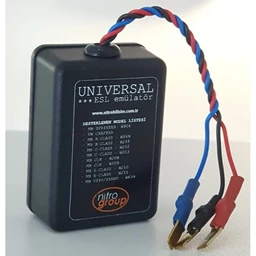

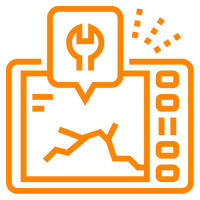
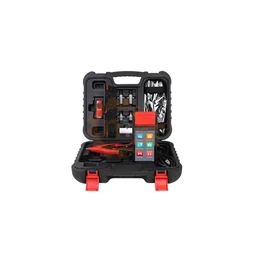
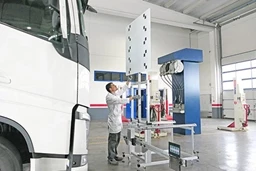
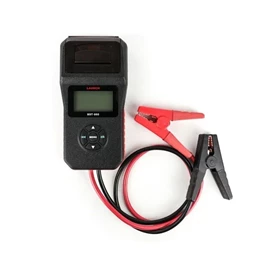
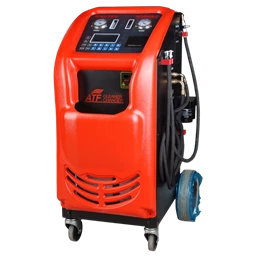
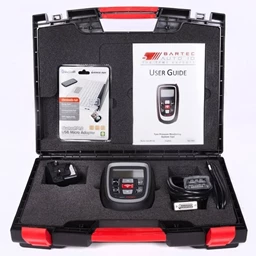
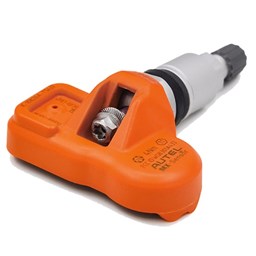
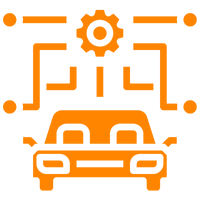
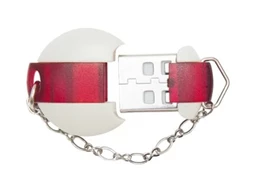
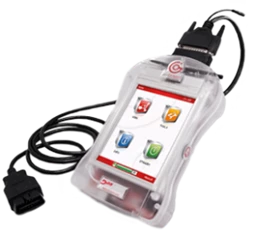
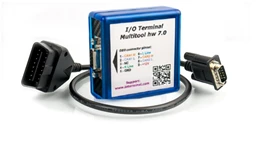
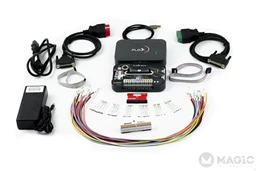

 Cihazı.webp?size=256)

